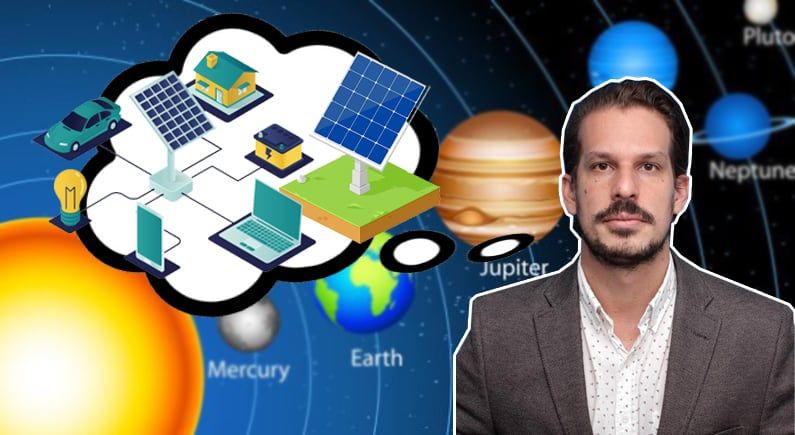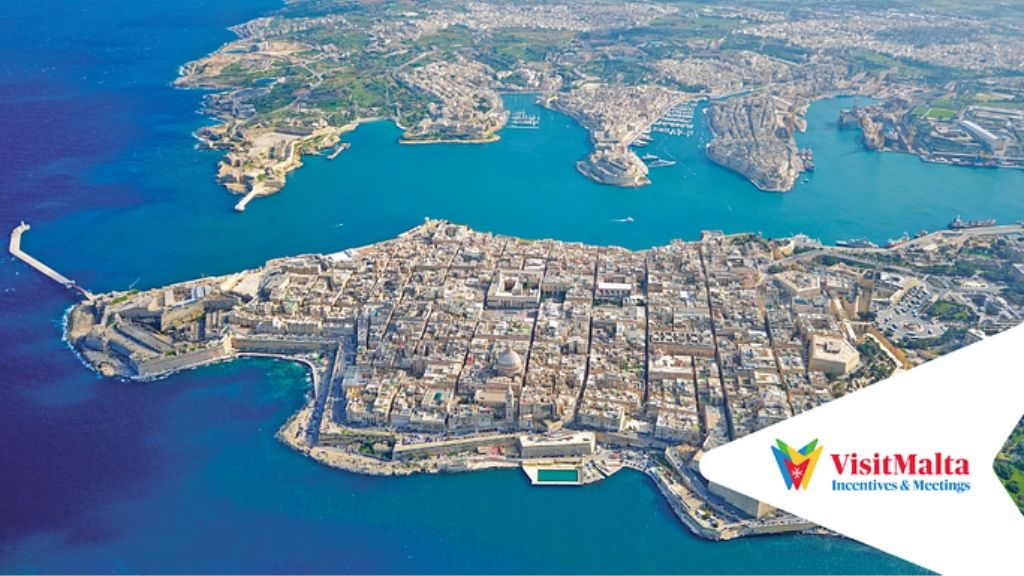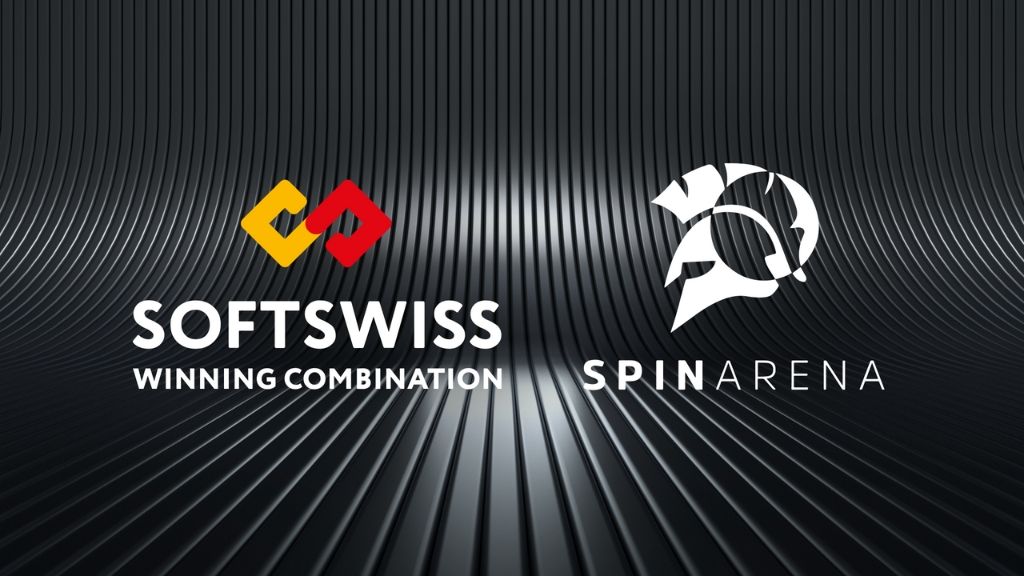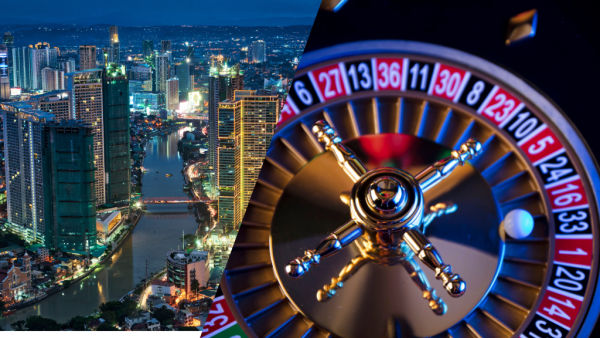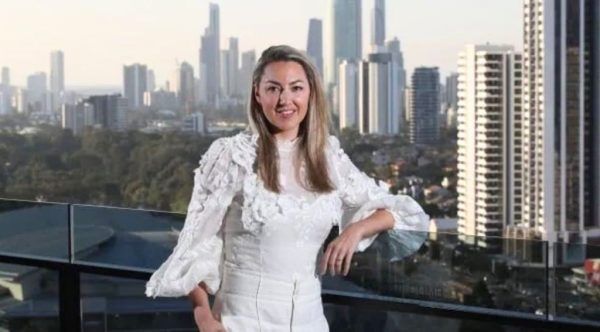StorEnergy’s goal is to implement new concepts to Concentrated Solar Power generators to not only decrease their cost to a competitive level, but also revolutionise the industry in terms of generation and storage efficiency
Daniel Ramos, Gabriel Zanko, Mobileyourlife – Bogotá, D.C., Colombia
With the effect that the fossil fuels industry has had in the environment since its conception, and the dire state that we have reached in terms of pollution, as the international community has agreed upon, the rise of projects that aim to improve the current systems and technologies related to alternative energies and exploitation of renewable sources.
INTRODUCTION
Something that has defined the recent years of technologic advancements is the focus towards implementing systems and devices that mitigate the effect that over two centuries of industry have had in a number of aspects in our lives, out of which the most concerning is the state of the environment.
Since the early days of burning coal for heat, transportation and energy through the discovery and exploitation of fossil fuels, the levels of pollution, especially in the air, had increased at an alarming rate. It was until the signing of the Paris Agreement on 2016 that the overall focus shifted towards the development, widespread and improvement of new and existing forms of renewable technology, with aims of controlling the increase in global temperature below 2 °C above pre- industrial levels.
With this in mind, there has been a resurgence in the field of renewable energy to improve the cost-efficiency and accessibility of the required technology to build self-sufficient networks that take advantage of the natural resources available in different regions of the world. In this document, we will cover how StorEnergy, a project founded in 2015 in Serbia, aims to improve the current accepted systems of solar generation of electric energy by enhancing the collection and conversion of energy and the storage measures, in order to create an entire ecosystem of efficient and sustainable generation.
BACKGROUND
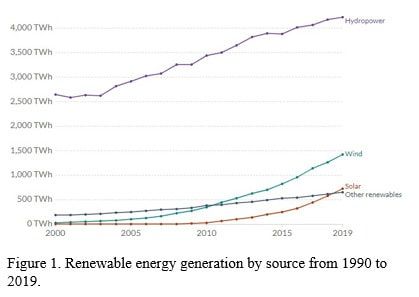 Solar generation is one of the least used systems of alternative energy in the world, but it has seen an incredible growth in the last few years. According to the Center for Sustainable Systems in the University of Michigan, as of last year, solar generation represented 9.1% of the total energy consumption in the U.S.2, and a study by the BP Statistical Review of World Energy shows that the total solar generation in the world has increased by more than 700% in the last 20 years3, becoming the third most used behind hydropower and wind.
Solar generation is one of the least used systems of alternative energy in the world, but it has seen an incredible growth in the last few years. According to the Center for Sustainable Systems in the University of Michigan, as of last year, solar generation represented 9.1% of the total energy consumption in the U.S.2, and a study by the BP Statistical Review of World Energy shows that the total solar generation in the world has increased by more than 700% in the last 20 years3, becoming the third most used behind hydropower and wind.
The process to generate electricity usually falls in one of two categories: photovoltaic cells (PV) or concentrating solar power (CSP). The first one represents the image that is commonly associated with “solar generation”: large, dark-colored panels that use the light of the sun to separate electrons from a semiconducting material, which are then set to flow and an electric current is created, captured, transformed and distributed to power networks. The latter is, in theory, a simpler process. Using different configurations of mirror and other reflective surfaces, Concentrated Solar Power (CSP) systems convert the sun’s energy into a high-temperature heat, which is then used to heat water and power a steam turbine.
One of the main benefits of CSP is that it directly generates alternate current (AC), so it skips the step of conversion associated to photovoltaic cells than only generate direct current (DC). However, PV has a history of being cheaper than CSP, and its prices have dropped even more in recent years, which makes it the most attractive option for investors and organizations. This makes it so the current main goal for CSP projects is to increase the efficiency of this system, by either increasing the generation and storage capacity or reducing manufacturing and maintenance costs.
STORENERGY’S PROPOSAL
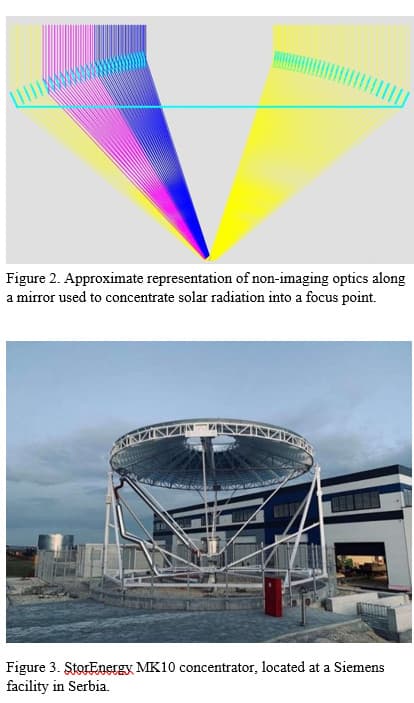 Founded by physicist Marko Vuksanovic, StorEnergy aims to bring CSP technologies a step closer to PV systems by implementing concepts of non- imaging optics and developing new capturing and storage systems to not only increase the generation capacities of their system, but to also improve in terms of modularity, scalability and stability.
Founded by physicist Marko Vuksanovic, StorEnergy aims to bring CSP technologies a step closer to PV systems by implementing concepts of non- imaging optics and developing new capturing and storage systems to not only increase the generation capacities of their system, but to also improve in terms of modularity, scalability and stability.
Concentrator
The first great improvement that StorEnergy proposes to current CSP systems is the implementation of a field known as non-imaging optics to the mirror arranges in their concentrators. Unlike traditional optics, which are based in parabolic lenses to create a reliable image, non-imaging optics are solely focused on concentrating as much energy as possible, which brings a variety of advantages including4:
- Wider acceptance angles
- Less precise tracking
- Higher temperatures
- Lower thermal losses
All of these advantages translate directly into a more efficient and cost-effective system, while being mounted in a platform built with accessible materials that allows for easy tracking and implementing other features like self-cleaning mirrors and a modular design, turning StorEnergy’s concentrators into a high- tech, state-of-the-art solution for solar generation that reaches temperatures up to 3 times higher than other CSM technologies.
Energy Receiver
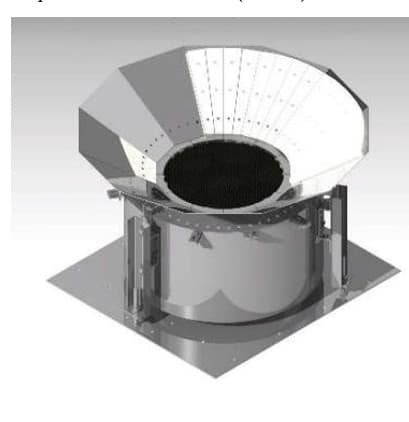 The second big development from StorEnergy is the creation of a new type of receiver, since the current technology does not reach a temperature high enough to take full advantage of their new storage system (explained below in section III.c.).
The second big development from StorEnergy is the creation of a new type of receiver, since the current technology does not reach a temperature high enough to take full advantage of their new storage system (explained below in section III.c.).
This new model is built in a case of stainless steel and uses silicon carbide ceramics which absorb the radiation focused by the concentrator. Ambient air is then drawn into the receiver aperture and flows through the ceramics, absorbing the heat and achieving temperatures close to 1000 °C (1832 °F).
|
Thermal Storage
 As a final point to improve compared to current CSP technologies, StorEnergy felt the necessity to develop a storage system that could make the best use of the higher temperatures reached by their new system. The solution came in the shape of a new iteration of Solid- State Thermal Storage (SSTS), a principle used in regenerators since the early days of the steel and glass industries.
As a final point to improve compared to current CSP technologies, StorEnergy felt the necessity to develop a storage system that could make the best use of the higher temperatures reached by their new system. The solution came in the shape of a new iteration of Solid- State Thermal Storage (SSTS), a principle used in regenerators since the early days of the steel and glass industries.
Regenerators were first implemented for blast furnaces and patented in 1857 and have been used since then with little to no changes to their design. They function by exchanging heat continuously from a process fluid to a solid heat storage, which then transfers heat to a second process fluid5. By 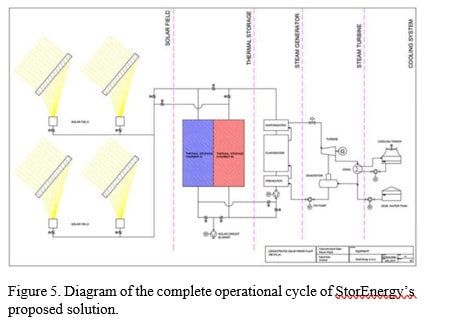 modifying the materials used to a modern system based on aluminum oxide, construction steel and rock wool, StorEnergy achieved the creation of a storage system that is not only cheaper than other alternatives (like molten salt storage or batteries), but also has a longer lifespan and represents little to no risks to workers’ health or the environment in comparison.
modifying the materials used to a modern system based on aluminum oxide, construction steel and rock wool, StorEnergy achieved the creation of a storage system that is not only cheaper than other alternatives (like molten salt storage or batteries), but also has a longer lifespan and represents little to no risks to workers’ health or the environment in comparison.
COMPETITIVENESS
The previously mentioned characteristics turn StorEnergy’s system into an alternative that can drive CSP to levels of efficiency and costs similar to those of
not only PV systems, but also competitive with systems like natural gas reactors.
 StorEnergy has already built two fully operational prototypes in Serbia, one for their smaller MK6 concentrator that currently operates in a swimming pool and spa complex in Belgrade replacing their connection to the main electricity network, and another for their larger MK10 concentrator, which replaced natural gas generators in a paint shop in Sobovica. This shows the potential of their product to cover the needs of a wide variety of clients, depending on their requirements of energy and the available extension of land.
StorEnergy has already built two fully operational prototypes in Serbia, one for their smaller MK6 concentrator that currently operates in a swimming pool and spa complex in Belgrade replacing their connection to the main electricity network, and another for their larger MK10 concentrator, which replaced natural gas generators in a paint shop in Sobovica. This shows the potential of their product to cover the needs of a wide variety of clients, depending on their requirements of energy and the available extension of land.
With proven examples of the functionality of their product, and plans to develop a larger MK15 concentrator and to build a 200kW by 2021, with completed designs and designated lands for both projects, StorEnergy has the potential to become one of the most important names in the near future of solar energy, in a world that appears to need these alternatives more every day.
Words by Gabriel Zanko, Tech Advisor, CEO of MobileyourLife ( Investment Banking for Deep Technology and Renewable Energy), CEO of Urano Capital( the future Seed Fund for Deep Technology), researcher and speaker
About SiGMA’s revamped website:
SiGMA Group is excited to announce the launch of its newly revamped website. The website is currently available in 5 languages, English, Russian, Mandarin, Portuguese, and Spanish with plans to add another 5 languages over the coming months – namely French, Thai, Korean, Japanese, and Hindi.
